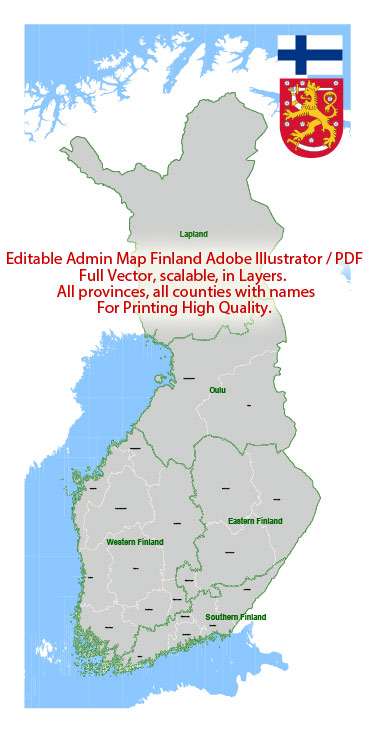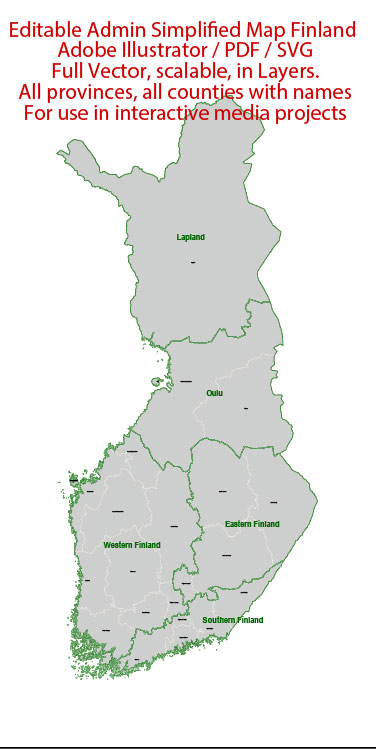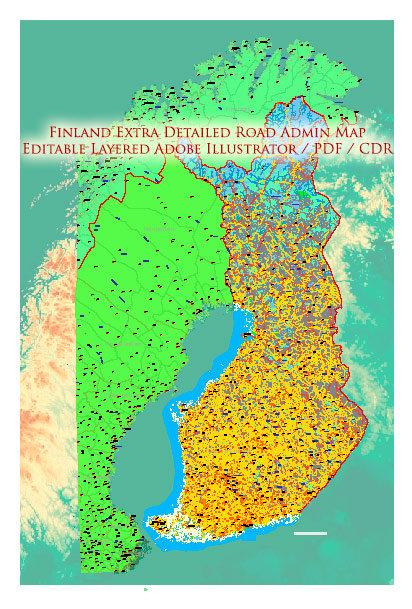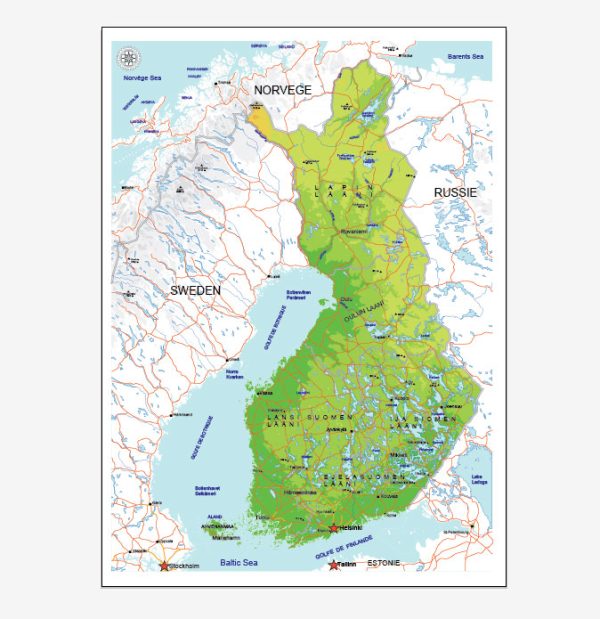The history of Finland is a fascinating tale of a nation that has evolved from a region of shifting borders and influences to become a modern and independent Nordic country. Here is a brief overview of Finland’s history:
- Ancient Finland: The history of the Finnish people dates back to prehistoric times. Indigenous Finnish tribes and cultures inhabited the region for thousands of years, maintaining their language and traditions.
- Swedish and Russian Rule: In the Middle Ages, Finland came under the influence of the Swedish Kingdom, which governed the region for about 600 years. During this period, the Finnish language began to emerge in written records. In the early 19th century, following the Finnish War, Finland was ceded to Russia by Sweden.
- Autonomy and Russification: Under Russian rule, Finland enjoyed a significant degree of autonomy. The Diet of Finland, a representative assembly, allowed for a certain level of self-governance. However, in the late 19th century, the Russian Empire attempted to implement Russification policies, which sparked resistance among the Finns.
- Independence Movement: As the Russian Empire faced turmoil during World War I and the Russian Revolution, Finland seized the opportunity to declare independence on December 6, 1917. The country’s first president, Kaarlo Juho Ståhlberg, was elected, marking the beginning of a sovereign Finnish nation.
- Finnish Civil War: Shortly after gaining independence, Finland experienced a civil war in 1918 between the “Reds” (left-wing socialists) and the “Whites” (right-wing nationalists). The Whites emerged victorious, and Finland adopted a republican form of government.
- Interwar Period: During the interwar period, Finland developed as a parliamentary democracy with a mixed-market economy. It also established a strong and unique identity as a nation, drawing upon its language, culture, and history.
- Winter War and Continuation War: Finland found itself in a challenging position during World War II. The Soviet Union invaded Finland in the Winter War (1939-1940) and again during the Continuation War (1941-1944). Despite being outnumbered and outgunned, Finland managed to retain its independence in both conflicts.
- Post-War Era: After World War II, Finland signed a peace treaty with the Soviet Union and lost some territory but remained independent. It pursued a policy of neutrality during the Cold War and established strong economic and political ties with the Western democracies.
- Modern Finland: In the post-war years, Finland experienced rapid industrialization and modernization. It joined the United Nations and the European Union. It is known for its high-quality education system, technological innovation, and a strong welfare state.
- Contemporary Finland: Today, Finland is a prosperous Nordic country with a robust social welfare system, a strong emphasis on education, and a reputation for high living standards and social equality. The country is known for its commitment to environmental sustainability, design, and technology, as well as its unique culture, including the promotion of the Finnish language and traditions.
Finland’s history is marked by a journey from a region influenced by various neighboring powers to a proud and independent nation with its distinct identity and global influence.





 Author: Kirill Shrayber, Ph.D.
Author: Kirill Shrayber, Ph.D.